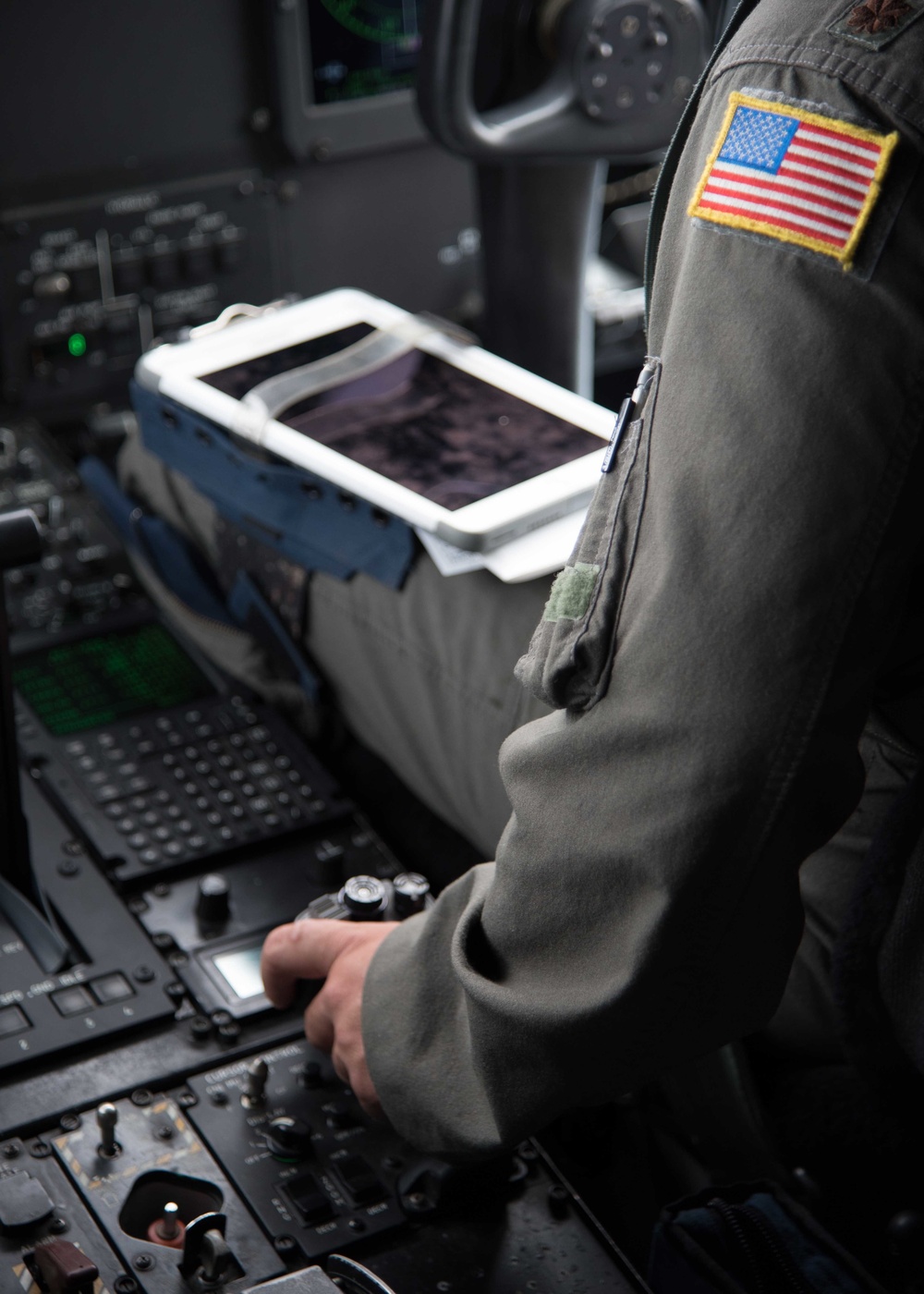DVIDS – News – Hurricane Hunters fly Tropical Storms Chris, Beryl
KEESLER AIR FORCE BASE, Miss. — The Air Force Reserve’s Hurricane Hunters spent the weekend flying weather reconnaissance missions into Tropical Storm Chris off the North Carolina coastline and Tropical Storm Beryl in the Caribbean Sea to gather data for the National Hurricane Center in Miami.
The 53rd Weather Reconnaissance Squadron began flying missions out of Keesler Saturday into then Tropical Depression Three, which developed into TS Chris Sunday. That same day, three Hurricane Hunter aircraft departed Saturday for Curacao where they staged operations and began flying into TS Beryl Sunday, which weakened into a tropical wave later that day.
The 53rd WRS, the only Department of Defense organization that flies weather reconnaissance, is expected to continue flying into Chris for the rest of the week sending weather data by satellite communication to the NHC to improve their computer models that forecast movement and intensity, said Col. Robert J. Stanton, 403rd Wing vice commander and navigator who flew into Chris Sunday.
“We collect data such as pressure, wind speed, wind direction, relative humidity and temperature, as well as other information, and provide it to the NHC to assist them with their forecast and storm warnings and advisories,” said Maj. Ryan Rickert, 53rd WRS aerial reconnaissance weather officer.
Weather forecasters rely on satellites for information; however, oceans can be data sparse environments and satellites can’t provide information such as the interior sea level pressure of a hurricane nor provide wind speed information, which is needed to predict hurricane development and movement, said Rickert.
According to NHC forecasts, Chris is expected to develop into a hurricane off the North Carolina coast today and begin moving northeast Tuesday. The Hurricane Hunters flew one mission into Beryl, which weakened into a tropical storm from a hurricane Saturday and degenerated into a tropical wave Sunday afternoon.
Providing information to the NHC has kept the squadron busy this week, and it’s not unusual for the Hurricane Hunters to fly multiple storms at the same time, said Stanton.
Their Area of Operation is large, extending from the middle of the Atlantic to just past the Hawaiian Islands, he said. And, through an interagency agreement, tropical weather reconnaissance is governed by the National Hurricane Operations Plan, which requires the squadron to support 24-hour a day continuous operations with the ability to fly up to three storms simultaneously and with a response time of 16 hours. Last year, the 10th busiest hurricane season on record, the squadron flew three hurricanes simultaneously which were Katia, Jose, and Irma.
Forecasters have projected this hurricane season to be an average one; however, whether it’s a busy or slow season, it only takes one storm with devastating impacts to a community to make it a bad one, so it’s important to be prepared said Lt. Col. Jon Fox, 53rd WRS navigator, who flew into Katrina in 2005 and experienced the aftermath of a devastating storm.
“When in doubt, evacuate; Make sure you stay safe because hindsight is 20/20,” he said, adding the unit collects weather data for forecasts and advisories to assist the public with their hurricane preparedness and evacuation plans to ensure their safety.
| Date Taken: | 07.09.2018 |
| Date Posted: | 07.09.2018 14:51 |
| Story ID: | 283581 |
| Location: | KEESLER AIR FORCE BASE, MS, US |
| Web Views: | 51 |
| Downloads: | 0 |
PUBLIC DOMAIN
This work, Hurricane Hunters fly Tropical Storms Chris, Beryl, by Marnee Losurdo, identified by DVIDS, must comply with the restrictions shown on https://www.dvidshub.net/about/copyright.


 Private Internet Access gives you unparalleled access to thousands
of next-gen servers in over 83 countries and each US state. Your
VPN experience will always be fast, smooth, and reliable.
Private Internet Access gives you unparalleled access to thousands
of next-gen servers in over 83 countries and each US state. Your
VPN experience will always be fast, smooth, and reliable.

